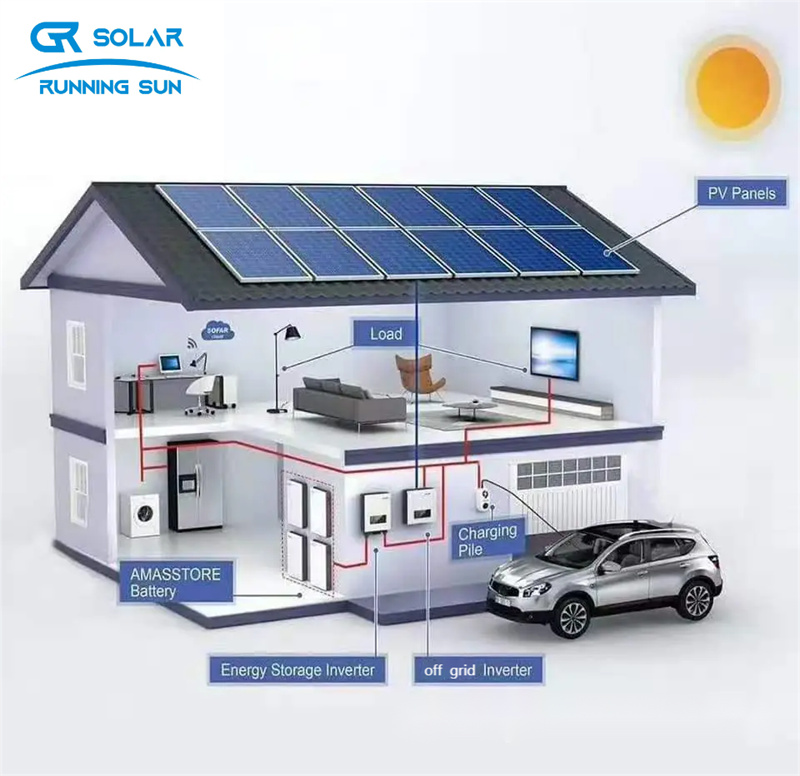In the realm of renewable energy, community solar systems stand out as a collaborative approach towards sustainable power generation. Understanding the essence of community solar and its significance is pivotal in the modern landscape of energy transition.
Definition of Community Solar System
A community solar system refers to a shared renewable energy arrangement where multiple individuals or organizations collectively invest in or subscribe to a solar energy project. Unlike traditional rooftop solar installations, community solar systems allow participants to benefit from solar energy without having to install panels on their own properties.
Importance of Community Solar Systems
Community solar systems play a crucial role in democratizing access to clean energy. By enabling participation from a diverse range of stakeholders, these systems promote inclusivity in the renewable energy sector. Additionally, they contribute to reducing carbon emissions and mitigating the environmental impact of conventional energy sources.
How Community Solar Systems Work
Community solar systems operate through various mechanisms designed to facilitate shared solar ownership and usage.
Shared Solar Projects
In shared solar projects, a centralized solar array is installed at a convenient location, such as a vacant lot or a community center. Participants purchase or lease a portion of the solar panels, and the electricity generated is distributed among them based on their respective contributions.
Virtual Net Metering
Virtual net metering allows participants to receive credits on their utility bills for the electricity generated by their share of the solar system. This arrangement enables consumers to offset their energy costs while supporting renewable energy generation.
Subscription Models
Some community solar programs operate on a subscription basis, where individuals or entities subscribe to a predetermined amount of solar energy capacity. This model provides flexibility and scalability, allowing participants to adjust their subscription levels based on their energy needs.
Benefits of Community Solar Systems
Community solar systems offer a myriad of advantages to participants and communities alike.
Access to Clean Energy
One of the primary benefits of community solar systems is the accessibility of clean energy to a broader audience. Individuals who may not have the means or suitable property for installing solar panels can still participate in renewable energy initiatives through community solar projects.
Cost Savings
By harnessing the collective purchasing power of multiple participants, community solar systems can achieve economies of scale, resulting in lower overall costs. Participants typically enjoy savings on their electricity bills compared to conventional utility rates.
Community Engagement
Community solar systems foster community engagement and cooperation, as participants work together towards a common goal of promoting sustainable energy practices. These projects often spark conversations about environmental stewardship and inspire local initiatives to address climate change.
Considerations for Implementing a Community Solar System
While community solar systems offer numerous benefits, several factors must be considered when planning and implementing such projects.
Location and Siting
Choosing the right location for a community solar project is crucial for optimizing sunlight exposure and minimizing environmental impact. Factors such as land availability, proximity to participants, and zoning regulations must be carefully evaluated during the site selection process.
Regulatory and Policy Considerations
Navigating regulatory frameworks and policy requirements is essential for the successful deployment of community solar systems. Understanding local incentives, net metering policies, and interconnection regulations can help streamline the development process and ensure compliance with relevant laws.
Financial Viability
Assessing the financial viability of a community solar project involves analyzing upfront costs, operational expenses, and revenue streams. Securing financing, identifying potential revenue sources such as subscription fees or energy credits, and conducting thorough financial projections are critical steps in ensuring the project's long-term sustainability.
Conclusion
Community solar systems represent a collaborative and inclusive approach to renewable energy adoption. By harnessing the power of collective participation, these initiatives not only promote environmental sustainability but also empower communities to take control of their energy future.
As advocates for clean energy solutions, Guoran Energy encourages individuals and organizations to explore the potential of community solar and join us in building a greener tomorrow!


.png)


